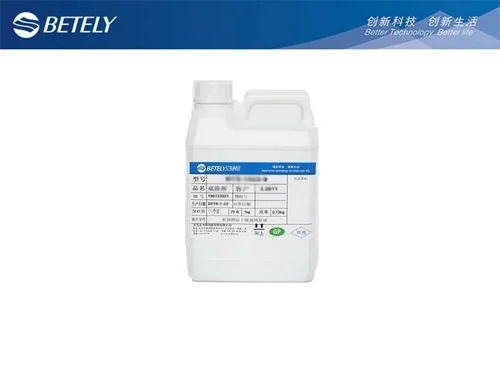High temperature silver paste is a conductive adhesive used in electronic devices that operate under extreme temperatures. It is commonly used in applications such as automotive, aerospace, and power electronics. The performance of high temperature silver paste depends on the substrate materials and surface properties on which it is applied.
Substrate Materials
The substrate material is the material on which the high temperature silver paste is applied. The choice of substrate material can greatly influence the performance of the paste. Some of the commonly used substrate materials are ceramic, glass, metal, and silicon. Each of these materials has different physical and chemical characteristics, which can affect the adhesion and electrical conductivity of the high temperature silver paste.
Ceramic substrates are widely used in high-temperature applications because of their excellent thermal and mechanical properties. However, they are chemically inert and require a pre-treatment to improve the adhesion of the high temperature silver paste. Glass substrates, on the other hand, have excellent chemical stability and can withstand high temperatures. They are ideal for applications that require high optical clarity, such as display panels and light-emitting diodes (LEDs).
Surface Properties
Surface properties refer to the characteristics of the substrate surface on which the high temperature silver paste is applied. The surface properties can influence the adhesion and electrical conductivity of the paste. The two main surface properties that affect the performance of the paste are surface energy and surface roughness.
Surface energy is the energy required to break the surface of a material. It can affect the wetting of the high temperature silver paste on the substrate. A high surface energy promotes wetting, which improves the adhesion of the paste. Therefore, materials with high surface energy, such as metals and some ceramics, are ideal for high temperature silver paste applications.
Surface roughness is the measure of the irregularities on the surface of a material. It can affect the surface area and the contact between the substrate and the high temperature silver paste. A rough surface increases the surface area, which can improve the adhesion of the paste. Therefore, substrates with a rough surface, such as glass or some ceramics, can enhance the adhesion of the high temperature silver paste.
In conclusion, the performance of high temperature silver paste depends on the substrate materials and surface properties on which it is applied. The choice of substrate material and surface properties can greatly influence the adhesion and electrical conductivity of the paste. Therefore, it is important to carefully consider the physical and chemical characteristics of the substrate when selecting a high temperature silver paste for a specific application.



